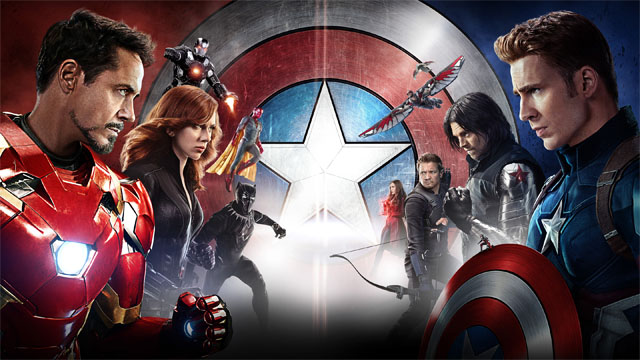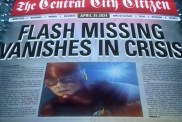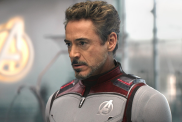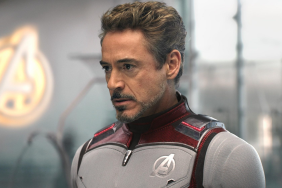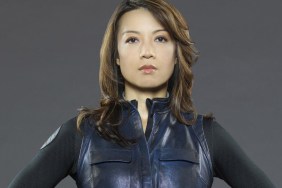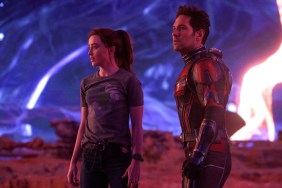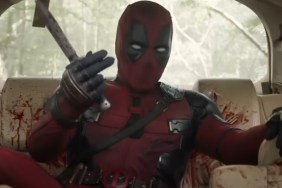To celebrate Spider-Man Far From Home’s release, we’re taking a look back at the entire MCU. Entry by entry. Our goal with this retrospective is to trace the footsteps of Marvel Studios. And in doing so, to understand the decisions made along the way to becoming a Hollywood powerhouse.
Third Time’s the Charm

With the middling reception to Age of Ultron and Ant-Man, Marvel really needed a home run in 2016. Those films turned into two of the most troubled productions in Marvel Studios’ history. So the studio felt a lot of pressure for Captain America: Civil War to exceed expectations both critically and commercially. The film also had to live up to arguably the best MCU film, Captain America: The Winter Soldier.
This was the movie that proved that Marvel Studios could create a compelling and fulfilling threequel. More importantly, the film set the stage for Phase Three in a big and bold way – by pitting the Avengers against one another. The film shook up the MCU as a whole. It also introduces some of its most important new players. But the internal civil war coming to a head behind-the-scenes was also profound for Marvel’s future.
Captain America: Civil War brought a new era of unadulterated creativity to Marvel Studios. Now, we’re looking back at the movie that was affectionately dubbed “Avengers 2.5” and how it reshaped and redefined the landscape of the Marvel Cinematic Universe.
Ecstasy in Blue
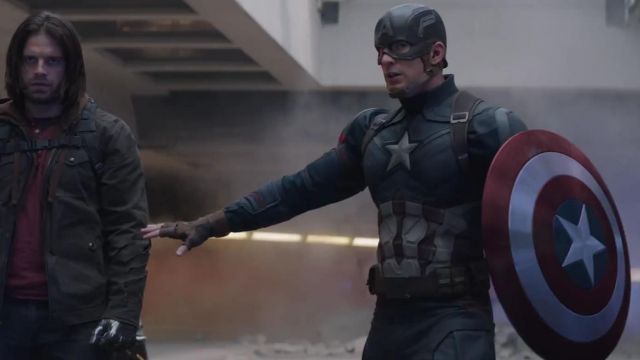
Before the critical and commercial success of The Winter Soldier, the wheels were in motion for the follow-up. Marvel brought back screenwriters Christopher Markus and Stephen McFeely, capitalizing on the success of their first two collaborations. Similarly, positive test screening reactions to The Winter Soldier convinced Marvel Studios to rehire Joe and Anthony Russo even before that film’s release in April 2014. Soon after, the creative quartet cracked the story for what would become Civil War.
Almost immediately after The Winter Soldier crushed the box office in its first weekend, Disney set a release date for the third installment two years later. In September of 2014, the Russo brothers indicated that a draft of the screenplay had been completed, which they were “ecstatic” about. Elaborating on the progress of the film, the filmmakers noted that the threequel would be a direct continuation of the story. Joe also hinted that the film would also utilize “one big idea that alters the universe,” similar to the fall of S.H.I.E.L.D. in The Winter Soldier.
Panther Tracks
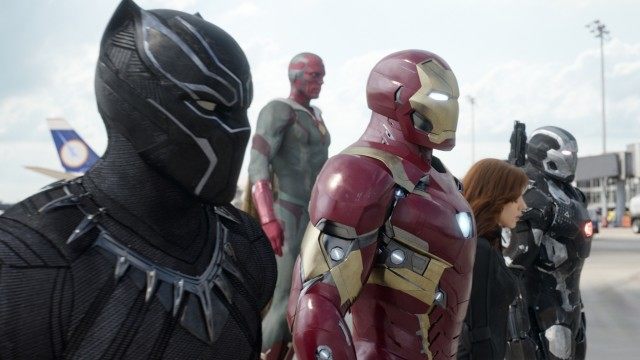
The screenplay continued to be fine tuned into pre-production. Meanwhile, Marvel Studios was working hard behind-the-scenes to make this the largest cast in the MCU. In mid-October of that year, an absolute bombshell piece of news dropped: Robert Downey Jr. was in final negotiations to join the cast. Downey’s presence alone added a sense of importance to the still-untitled trilogy-ender. More importantly, it all but confirmed that the film would use Mark Millar’s Civil War storyline from the comics. For fans, that was something that immediately gave it “blockbuster event film” status. Interestingly, Downey’s heavy involvement in the film nearly caused Kevin Feige to quit, but we’ll get to that later.
A few weeks later, Marvel finally divulged the official title of the film. Along with announcing Downey, Marvel also revealed the full Phase Three slate of films for the first time. More importantly, Chadwick Boseman was revealed as Black Panther. Although the prince of Wakanda was confirmed to appear in the film, Boseman would really get the spotlight years later. Civil War only further cemented the casting prowess of Marvel Studios. However, Black Panther’s presence in this film wouldn’t be the only surprise. As fate would have it, the notorious 2014 hacking of Sony Pictures teased an important new addition to the MCU. One that almost never happened.
Sony-Man, Sony-Man…
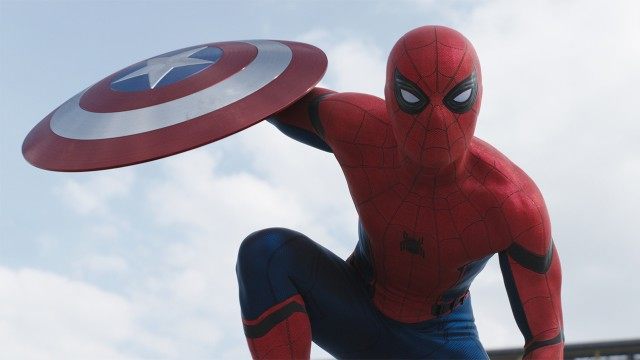
The hack revealed a great deal about the inner-workings of Sony Pictures. However, it also hinted at the future possibilities for their most coveted comic book property – Spider-Man. His lack of inclusion in the MCU felt like a gaping hole, because Spidey is one of the cornerstones of the Marvel Universe. While the prospect of the two studios working together in the past to share the character seemed outrageous, it actually wasn’t that far off. At the time of the leak, Sony’s Motion Picture Chief Amy Pascal had entertained the possibility of sharing the rights with Marvel Studios. Discussions apparently fell through. But in early 2015 the two studios reached an agreement to share cinematic custody of Spider-Man.
Just like that, Spider-Man was finally a part of the MCU. His first official appearance was set to be in Civil War. With filming only weeks away, the casting process to find the MCU’s Peter Parker began in secret. The official announcement of a fully stacked cast made no mention of Spidey’s eventual inclusion, and the film went into production with casting still in progress. To differentiate their incarnation of Spider-Man from the previous movies, Marvel wanted to cast a younger Peter Parker. By framing the character early in his high school days – and leaving him there – the two studios would need an actor who could convey Peter’s youth.
Landing Holland

After a reported worldwide search of 1,500 young actors, only six made it as the final choices in May 2015. The highly secretive screen tests included chemistry reads with both Downey and Chris Evans. British actor Tom Holland eventually emerged as the frontrunner. The Russo brothers were “pretty vocal” about wanting Holland for the part, citing him as one of the best up-and-coming actors that also had the right physicality for the part. In June, they officially cast Holland as the next web-slinger. While Sony announced a new trilogy with Marvel Studios producing, the character’s seemingly last-minute inclusion in Captain America: Civil War was still unclear. But like Boseman, Holland finally made quite an impression even without much screen time to work with.
Holland eventually got his due the following year, and it’s still kind of a miracle that the two studios came to an agreement in the first place. The Russos adamantly stated that Spider-Man’s inclusion was always planned from the beginning. However, they also noted that they “never had a plan B” if they couldn’t work out a deal for his inclusion. Of course, we all know that he made it into the film – and in spectacular fashion nevertheless. With the final piece of the puzzle in place for Civil War, filming wrapped in August 2015. The Civil War in the movie shaped up to be one of their most exciting and influential stories yet. And a similar battle was reaching a fever pitch behind-the-scenes at Marvel Studios.
Don’t Like Ike
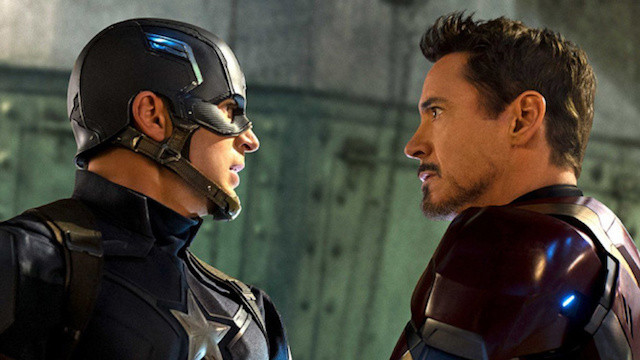
As we have previously alluded to in this series, the so-called “Marvel Creative Committee” (MCC) was a group of executives who convened to give creative feedback on all of the Marvel Studios projects in the pipeline. As noted elsewhere, it included Feige, Brian Michael Bendis, Joe Quesada, Dan Buckley, Alan Fine, and the infamous Isaac “Ike” Perlmutter. The MCC was intended to be a safety net, formed before Iron Man’s release. It proved to be an invaluable sounding board in the early days, but it had increasingly become a thorn in Feige’s side. Many of the detrimental choices of the MCC negatively affected Ant-Man and Age of Ultron. But it was really Perlmutter’s presence that proved a creative roadblock for Feige. Although other members of the MCC had creative input, the buck at Marvel Studios ultimately stopped with Perlmutter.
As the chairman and former CEO of Marvel Entertainment, the extremely reclusive executive was the only person Feige had to answer to under the old creative structure. Even after Disney purchased Marvel, the notoriously tight-fisted Perlmutter essentially approved all final decisions. You can read more about the creative escapades of the MCC here. But by this film, the MCC was no longer fulfilling its purpose. This was beginning to show in the final product. By the time that pre-production on Civil War had rolled around, the strain on Perlmutter and Feige’s relationship was at an all-time high. Reportedly, Downey’s inclusion in the film brought tensions between the two to a breaking point.
On the Horn
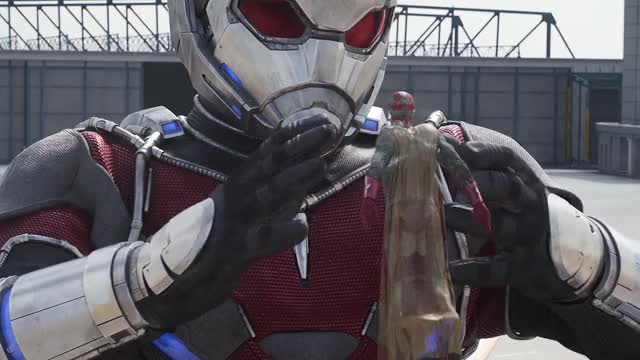
While Marvel originally offered Downey a smaller part, the actor wanted Stark to have a bigger role in the story. Naturally, this would lead to a $40 million payday for Downey. This apparently angered Perlmutter, who was almost singlehandedly responsible for Marvel’s notoriously cheap reputation as a studio. As a result, Perlmutter ordered Markus and McFeely to write Iron Man out of the script entirely. Feige, using the film to set the stage for future storylines, didn’t want to budge creatively. From his perspective, Downey’s inclusion was crucial for the film’s success. After years of creative barricades from the MCC and Perlmutter, Feige finally turned to Disney CEO Bob Iger.
Along with threatening to quit, Feige also reportedly leveraged Age of Ultron’s perceived failure by Disney to eventually oust the reclusive Perlmutter from Marvel Studios. Seeing Feige as one of the big reasons why the MCU had creative unity, Iger smartly decided to shift the corporate structure of Marvel Studios to eliminate the creative bureaucracy. From September 2015 onward, Feige would now report directly to Disney executive Alan Horn. This spurred the eventual death of the MCC, with Perlmutter entirely out of the Marvel Studios picture. The end of the MCC would mark a new era of creative freedom for Marvel Studios.
How to Get Weird
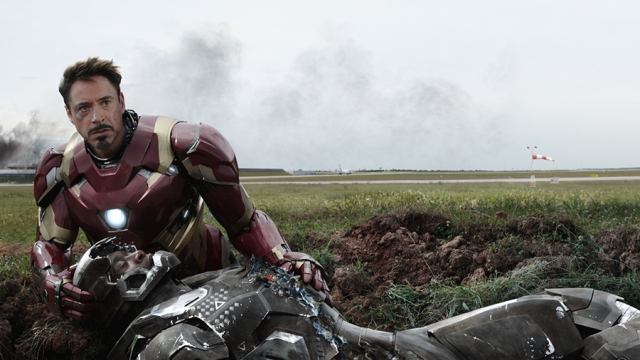
Captain America: Civil War represents a milestone for the Marvel Cinematic Universe. After nearly thirteen films, Feige achieved true creative autonomy, and Civil War marks a significant artistic shift. It solidified the future of the MCU by bringing in some of its biggest new stars. It also represented Marvel’s first great threequel, and perhaps its best overall trilogy in terms of consistent quality. Civil War also features bold and effective filmmaking. More importantly, it kicked off the beginning of a daring new phase of films. After this movie, Marvel wasn’t afraid to take chances and go to weird places.
After all, Marvel Studios is at its best when it’s constantly trying to challenge itself. Both Civil War and the following Doctor Strange solo film represented the last shreds of the MCC. As a result, every MCU entry afterward became increasingly diverse and distinct. Civil War is a highlight for its entertainment value and its overall significance to the larger MCU storyline. However, the film’s greatest asset is that it set the wheels in motion for the eventual culmination of Phase 3. Perhaps most importantly, it solidified the creative team that went on to make two more Avengers movies.
Related:
Ant-Man – MCU Retrospective Part 12
Avengers: Age of Ultron – MCU Retrospective Part 11
Guardians of the Galaxy – MCU Retrospective Part 10
Captain America: The Winter Soldier – MCU Retrospective Part 9
Thor: The Dark World – MCU Retrospective Part 8
Iron Man 3 – MCU Retrospective Part 7
The Avengers – MCU Retrospective Part 6
Captain America: The First Avenger – MCU Retrospective Part 5
Thor – MCU Retrospective Part 4
Iron Man 2 – MCU Retrospective Part 3
